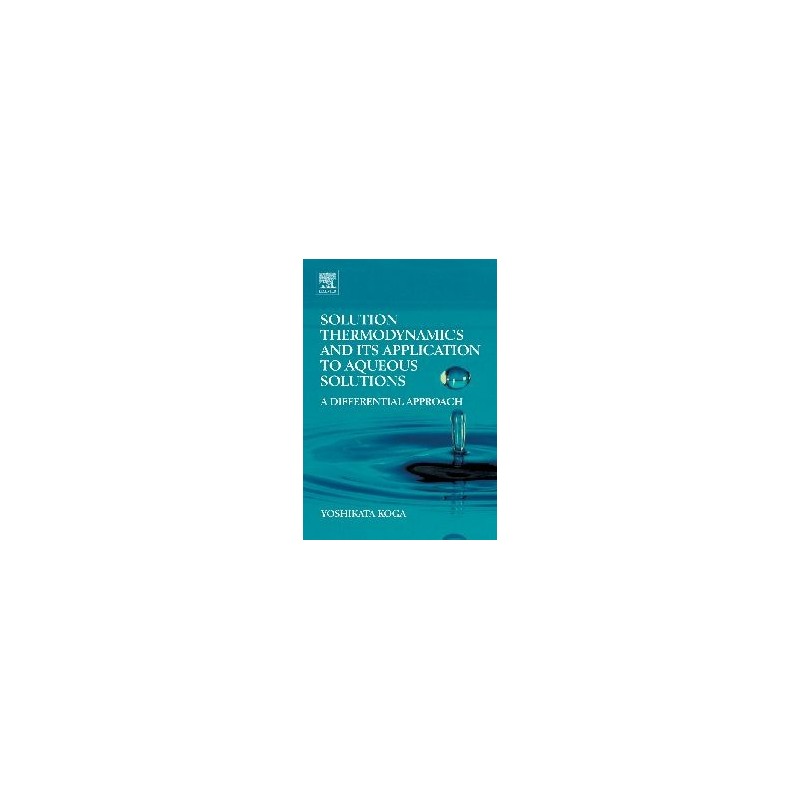- Obecnie brak na stanie



Brak towaru
XT60 Connector Male-Female Pair, Blue
Brak towaru
Brak towaru
Brak towaru
15 kanałowy odbiornik podczerwieni - zestaw do samodzielnego montażu
Brak towaru
Brak towaru
Brak towaru
Brak towaru
Czujnik wykrywający obiekty w zasięgu 30..800 mm
Brak towaru
Brak towaru
Powerbank o pojemności 20000 mAh do ładowania przenośnych urządzeń elektronicznych, zasilanych napięciem 5V. PB15 20000 mAh White
Brak towaru
Brak towaru
Brak towaru
Brak towaru
Brak towaru
Brak towaru

